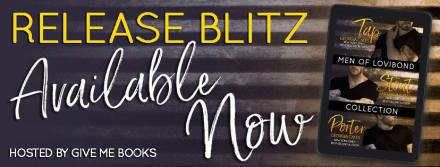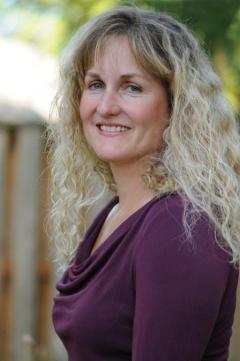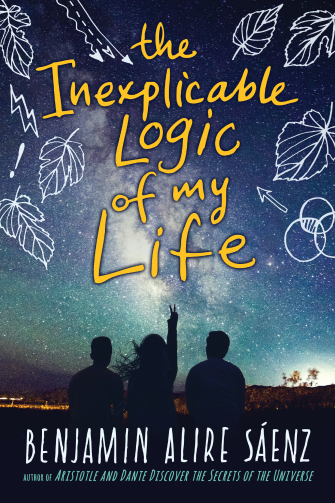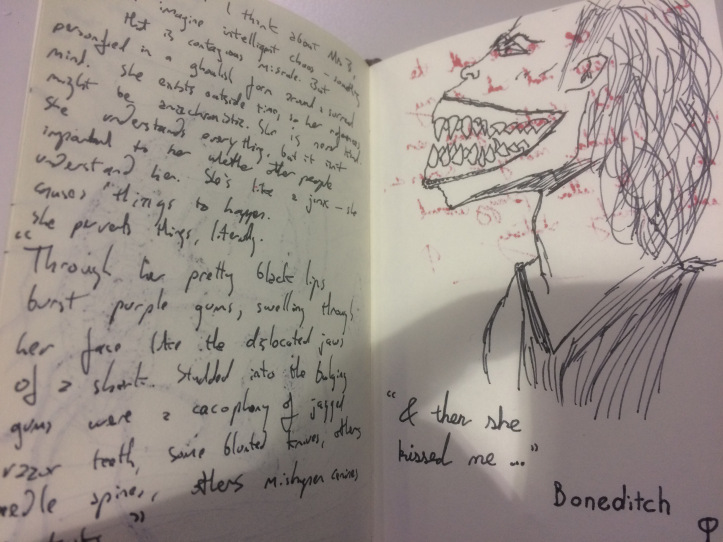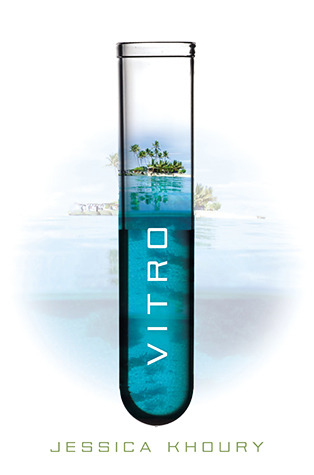Part 2: Character – with a review of Searching for the Secret River by Kate Grenville, published July 2007, Canongate Books; and Conspiracy by SJ Parris, published Jan 2017, Harper.

Our seminar on character throws up some interesting points. The protagonist in a book is the main character. However, will my protagonist also be the narrator of the story? By telling the story in 1st person voice –‘I did this or that’, my protagonist is also my narrator. By telling it in 3rd person –‘she did this or that’, my narrator becomes another character. Is the narrator the author or a separate person?
How do I decide which person voice to use for my great grandma Tatiana? Will I narrate her story or will she tell it herself? And in the telling, is she looking back on it, so narrating in the past, or narrating from the time and, therefore, using present tense?
The advice is to play with it. I need to write my character from all aspects –voices and tenses –to see what works. Meredith, my esteemed novel tutor, suggests writing several thousand words for each main character in the book, from their perspective, to build a sense of who they really are.
We play a game of interviewing each other’s characters in class. What phrases do they use? What do they like to eat when they’re ill? Are they claustrophobic? The more obscure the question, the more we can delve into how well we know our characters.

I read Kate Grenville’s excellent book on how she wrote The Secret River, her prize-winning novel about William Thornhill, a convict sent to Australia in 1805. Her take on writing is inspiring. Her advice of ‘don’t wait for the mood to write’ and ‘create slivers of time to create slivers of writing’ is very helpful to me. As a mum of four school age kids finding the time to write seems an almost impossible task. She gives suggestions such as writing while waiting in the car to pick kids up from an activity.
What I like most is the way she achieves a felt sense of character. She started with her great-great grandfather Solomon Wiseman as her protagonist. She came to London, walked the streets he lived on, and went to the docks where he worked. She made a slush lamp to read by, ate the food of the time, and even learnt to make fire as he would have. She tried out many different voices for his story and ultimately she killed him off! She recognised that by wanting to keep to the facts of who he really was she was being hampered in telling the story that wanted to be told. So, she got rid of Solomon and turned him into the fictional William.
I wonder nervously if this will happen to me. By constraining myself to write about a real person, and someone from my family, will my hands be tied and the story stilted?

SJ Parris seems not to have suffered from this fate in the gripping novel about Giordano Bruno. This is her fifth novel about the Tudor heretic who was a real person. I picked this book up as the first sentence, set in a confessional, got me asking questions and wanting to know more. We follow Bruno as he has to hunt a killer in Paris in 1585. Henry III is his friend but allegiances are shifting as the Catholic League plots to threaten the royal houses of both France and England.
The book is narrated in 1st person –we are with Bruno and I felt like I was following closely behind him as he tried to work out the twists and turns of the plot. The author, Stephanie, creates a strong sense of character and cleverly introduces new characters at different points. This stops the book becoming confusing and enables each new character to be richly drawn. I got a strong sense of historical atmosphere with her writing. “Frost crunched under my boots in the ruts left by carts.” She refers to historical events in a way as if the reader is of the time and already knows about them. I’d like to emulate this style for my novel.
When asked whether she see’s anything of herself in the Bruno character she’s created, Stephanie replied “the answer is yes, of course – that’s what attracted me to him, on some unconscious level. It becomes clearer as you flesh out a historical character – I think it’s unavoidable that you imbue with parts of yourself.”
To conclude on character: I need to really get to know mine, to free myself from sticking purely to facts, to fill in the gaps that are missing and to write, write and write some more!

My great grandma Tatiana Jurczenko, aged approximately 16-17yrs. Taken in 1917-18, Kharkiv, Ukraine.
Part 3 will look at structure…
Advertisements Share this:
